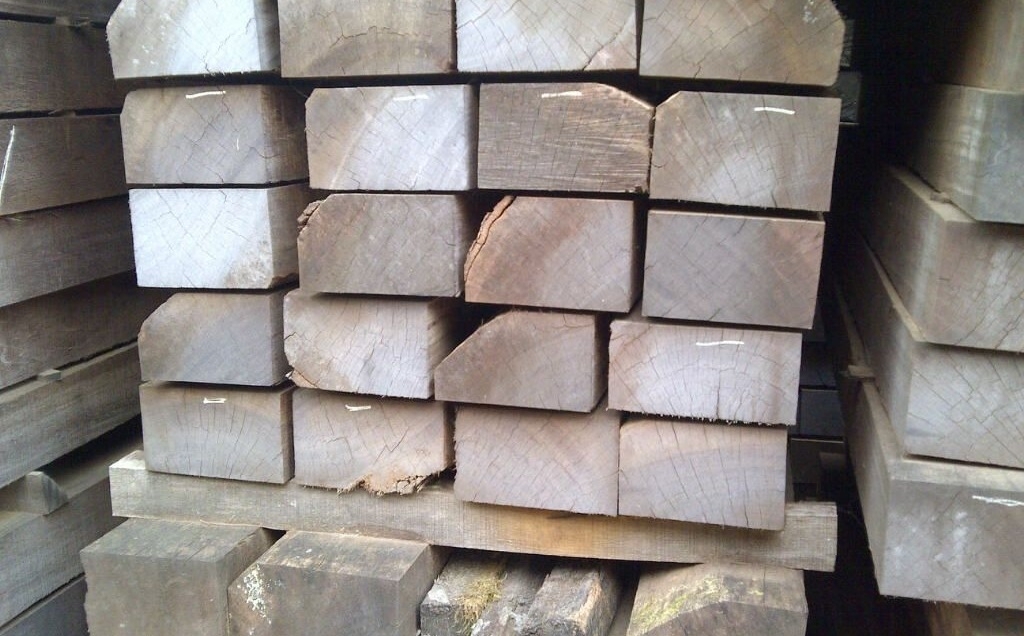Why sleepers are a great choice for raised beds and garden landscaping
Published: 17/07/20 By: Mike Bekin
Raised beds are a fantastic way to grow a variety of plants. From fruit and veg to flowers and shrubs, raised beds to make great homes for plants of all shapes and sizes.
One of the quickest and most effective ways to build a raised bed is with sleepers. Large, robust, and attractive, sleepers will make ideal walls for your newly created oasis.
Why build raised beds?
Raised beds offer a number of advantages over traditional pots, borders and veg patches. For a start, their elevated surface makes them a lot easier to work.
This makes raised beds perfect for gardeners that suffer from back problems and those who want to create a space that’s easy to care for. Raised beds also help to keep your plants clear of weeds and slugs and allow you to define your garden more clearly.
What’s more, as raised beds are packed full of rich compost and manure, they’re generally very productive.
These benefits make raised beds popular with schools and community gardens as well as private homeowners.
As @savvygardening says, “Raised beds can be put wherever a traditional vegetable garden would go: on a driveway; along the side of a house; on a rooftop garden, patio, or balcony; on the corner of a deck—anywhere, really.”
Background
Sleepers were adopted for landscaping and gardening when there was a surplus from the railway industry – either before or after their use.
However, now the two purposes are so distinct that the timber industry now caters for each industry individually: rail and garden sleepers are very different today.
Still, you will find used railway sleepers being sold in garden centres as garden sleepers – although beware of the chemical content of those as some still have creosote, a very harsh treatment.
Building with sleepers
The key to creating a raised bed is building strong walls. Strong walls allow the bed to be filled full of compost and ensure it won’t collapse when it’s overflowing with plants and produce.
As sleepers are naturally robust, they allow gardeners to build thick walls for their raised beds quickly and easily. Use a single sleeper for a lower raised bed or pile the sleepers two or three high to make an eye-catching elevated growing area.
When sleepers are piled on top of each other, they need to be secured using screws or other techniques in order to ensure they’re safe to use.

Details
Another benefit of using sleepers for your raised beds is that they’re designed for outdoor use. This means they’ll be resistant to rot and mould and should be able to withstand attack from insects as long as long exposure to ground contact and moisture.
Our standard sleepers are in untreated French oak from PEFC certified forests, although the cheaper alternatives are usually in impregnated softwood.
If you want to ensure your newly built raised beds will last, make sure you fit them with a waterproof membrane. This will protect both the wood from mould attack on the inside, as well as your yummy produce from any timber preservatives.
Landscaping the space
Once you’ve built your raised beds and planted them with your chosen fruit, veg, or flowers, you can use any leftover sleepers to landscape the garden. Sleepers work really well as steps. If your garden is all on one level, you can use sleepers to create a path to define the different areas of the space.
Learn more about sleepers, and using wood to landscape your garden, by exploring our site or getting in touch with a member of our team.
Tags: Landscaping, Sleepers, Timber
Categories: Insights
